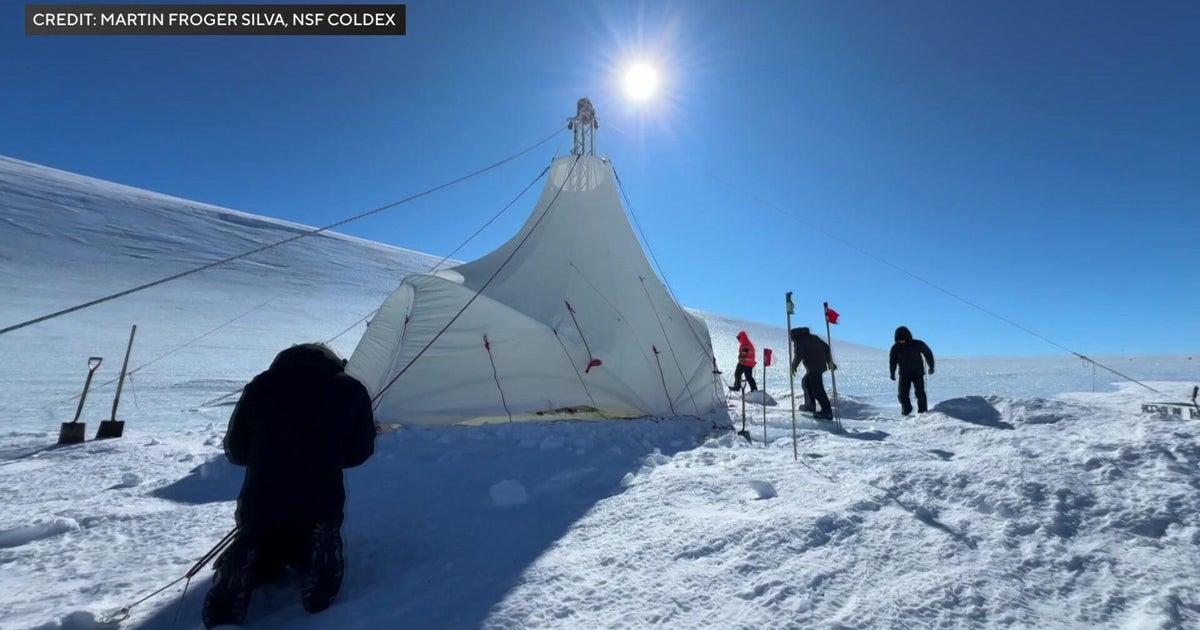How Does Salt Melt Ice? And What Else Can Do The Trick?
NEW BRIGHTON, Minn. (WCCO) -- From your standard salt, to pet-friendly mixes and advanced blends, melting ice has really become a science.
Dr. Andy Erickson is a research manager at the University of Minnesota.
"Basically water normally freezes at 32 degrees, but when you add salt, it then stays liquid down to like 15 degrees," Erickson said.
So what is occurring that's bringing that freezing point down?
"The salt dissolves into sodium and chloride, and those are ions that are in the water," Erickson said.
That dissolved salt prevents water molecules from turning into ice, and further melts the ice that's already formed around it, so long as it's only around 15 degrees.
"Below that temperature it just can't overcome that process of solidification of the liquid water," he said. "Salt will work within the temperature range indefinitely."
The problem is as more ice melts, there's more liquid to dilute the salt, making it less effective.
Magnesium chloride is effective up to 10-degrees below zero. Calcium chloride goes further, working at 20 below. Some cities and counties use sand mixed with a salt brine.
"And what that does is it prevents the sand from freezing in the truck, and also gives it kind of a sticky feel on the outside to stick to the roadway and provide grip for traffic," Erickson said.
Spreading salt out evenly, rather than in clumps or piles, makes it more effective at melting ice. It also prevents possible damage to concrete.








